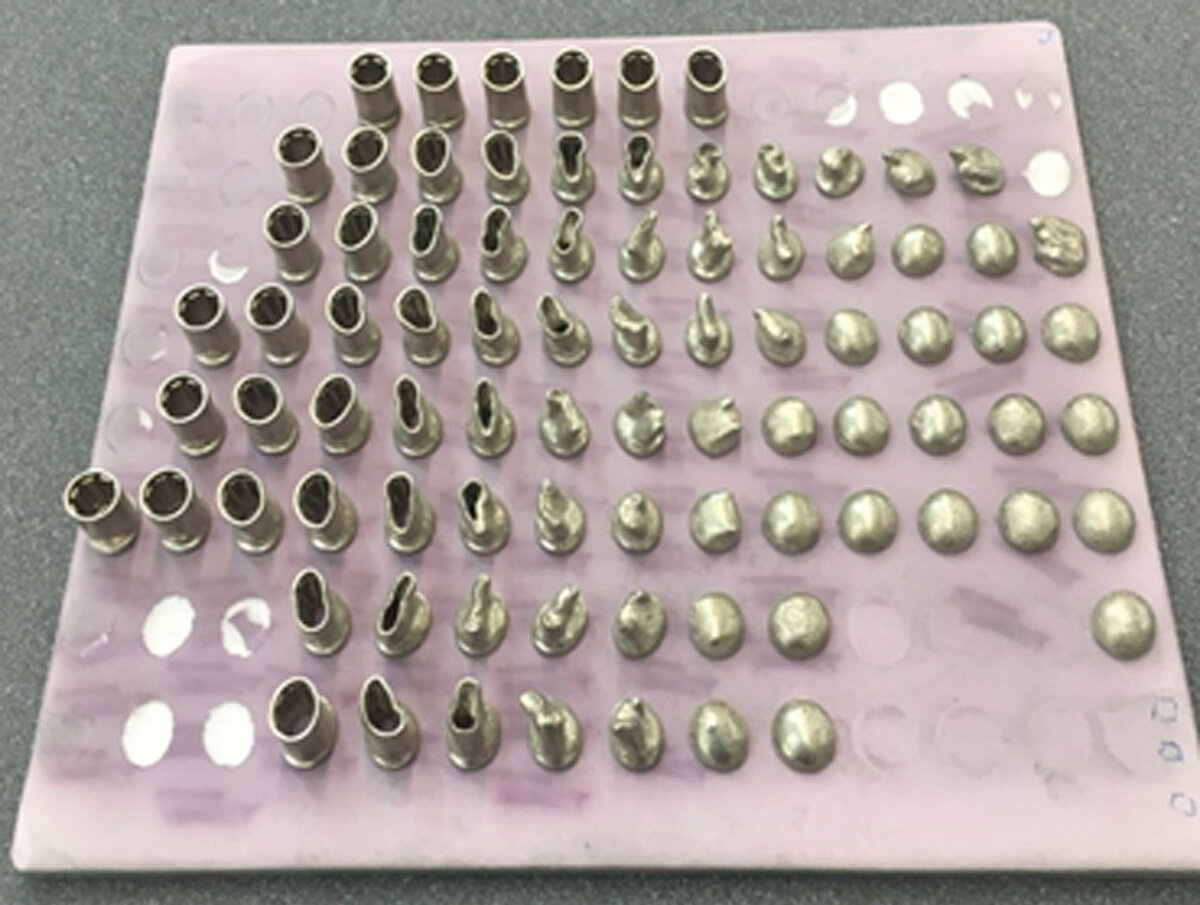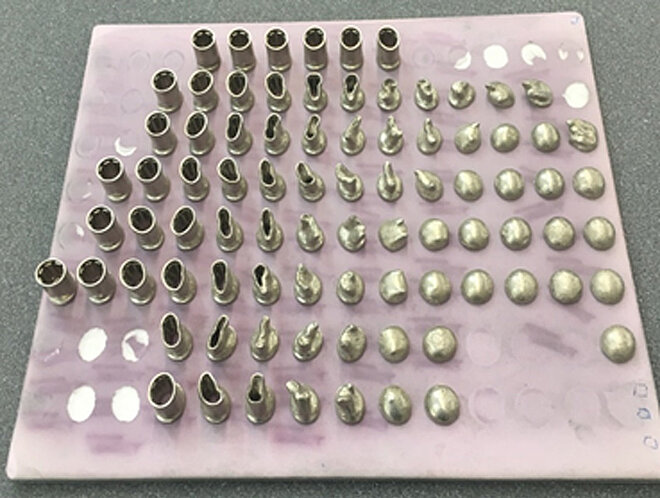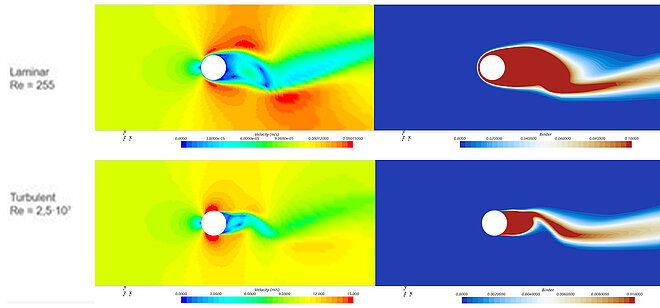When "laws of nature" are tampered with

Together with Carbolite Gero - manufacturer of furnaces for debinding and sintering of metal injection moulded parts - Merkle & Partner improved the yields from optimised furnace designs by around 30% using modern simulation technologies. The basis for this was the questioning of previous "laws of nature" in the industry, which turned out to be myths but not physically provable.
For the metal injection moulding process, metal powder is first mixed with the help of so-called binders (polymers) to form an injection-mouldable "feedstock". After the moulding injection process, the parts are catalytically "debinded" in a debinding oven at approx. 110°C. This is the first step in the process. In this first process step, the main binder is chemically decomposed by the use of gaseous nitric acid and discharged from the part. The so-called "brown part" remains. This must be transferred to a residual binder and sintering furnace. In this furnace, the residual binder must first be removed thermally. This is usually done at partial pressure and at temperatures between 400 and 600°C. The final sintering to the finished product is then carried out. The final sintering to the finished component takes place at approx. 80% of the melting temperature, i.e. between 1200°C and 1400°C depending on the material. Diffusion effects produce the finished component with >99.8% of its theoretical density.
Previous findings assumed that for optimal thermal debinding, a laminar gas flow must be present in the furnace and the particles must diffuse downwards following gravity. However, according to the investigations of Merkle & Partner, precisely these factors should not be the decisive factor in the debinding process as assumed up to now.
By means of a CFD simulation for calculating flow values during debinding, it was demonstrably established that turbulent flows around the injection moulded part reinforce the diffusion process. High concentration differences support the diffusion process. In laminar flow, the concentration of diffused gas around the part is very high. Accordingly, turbulent flow offers clear advantages here.
Investigations into the flow conditions at different pressures in the ovens, in turn, have shown that neither at different particle sizes, nor at different pressures - from 1 mbar, 100 mbar up to 800 mbar - is the influence of gravity decisive. Accordingly, the outlet for the diffused gas in the open does not have to be at the bottom of the kiln.
Apart from the theory in numerous simulation processes, the company Carbolite Gero used these findings to optimise the design of its kilns. The result was about 30 % improved yield in the good parts of the new kilns.
"Simulation technologies help us to see things that are not actually visible - even in many physical experiments. We keep discovering myths that almost persist as 'laws of nature'. This does not mean that we protest against everything that exists from the outset. But we have learned to question. With often great insights and results for our clients," says Dipl.-Ing. (TU) Stefan Merkle, Managing Director of Merkle & Partner GbR.
Further information at: www.merkle-partner.de
(2,713 characters)



